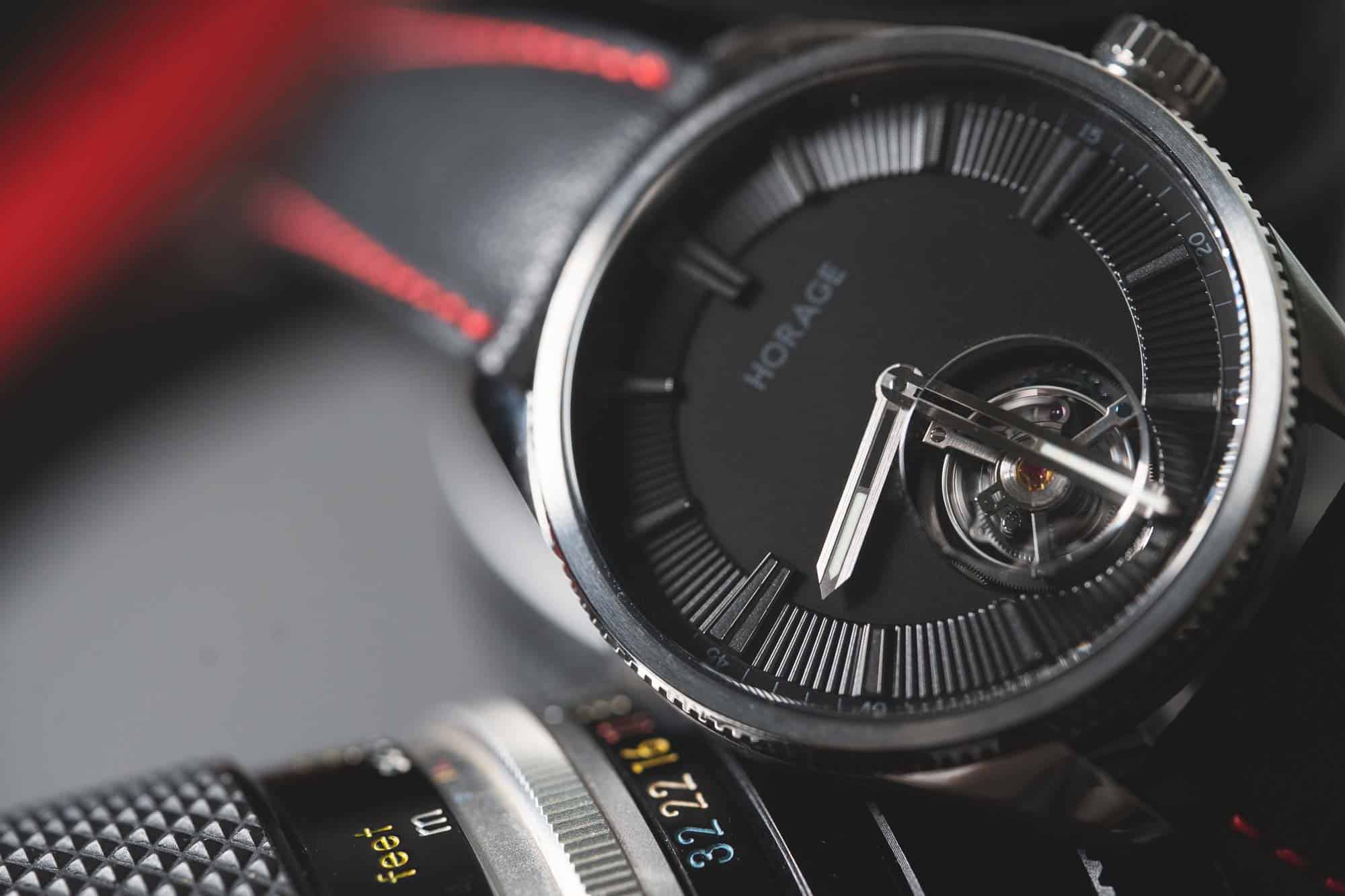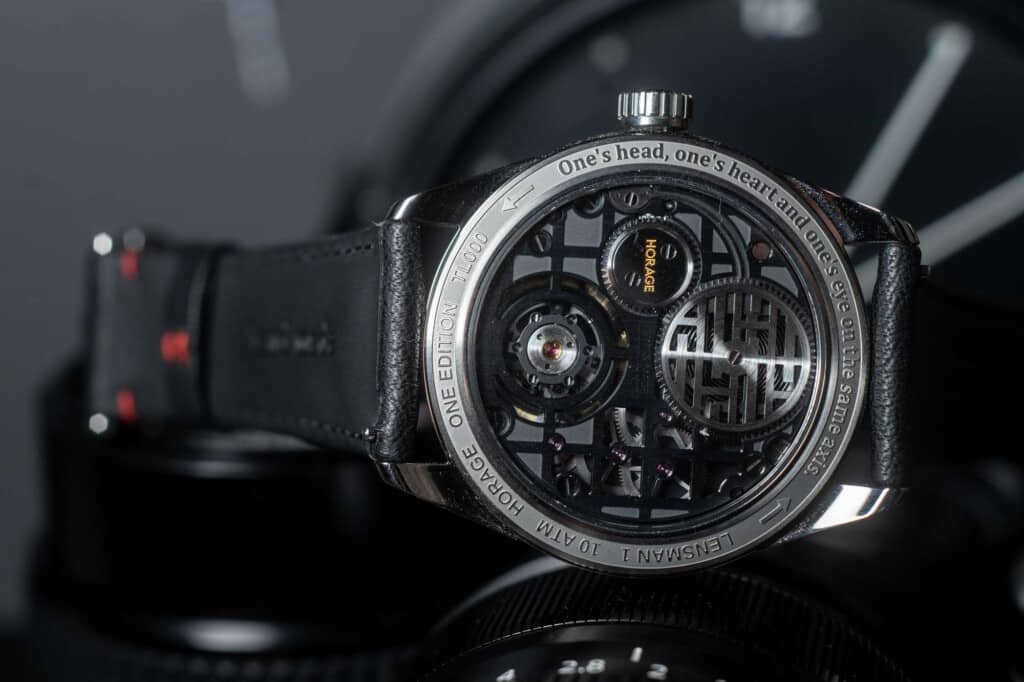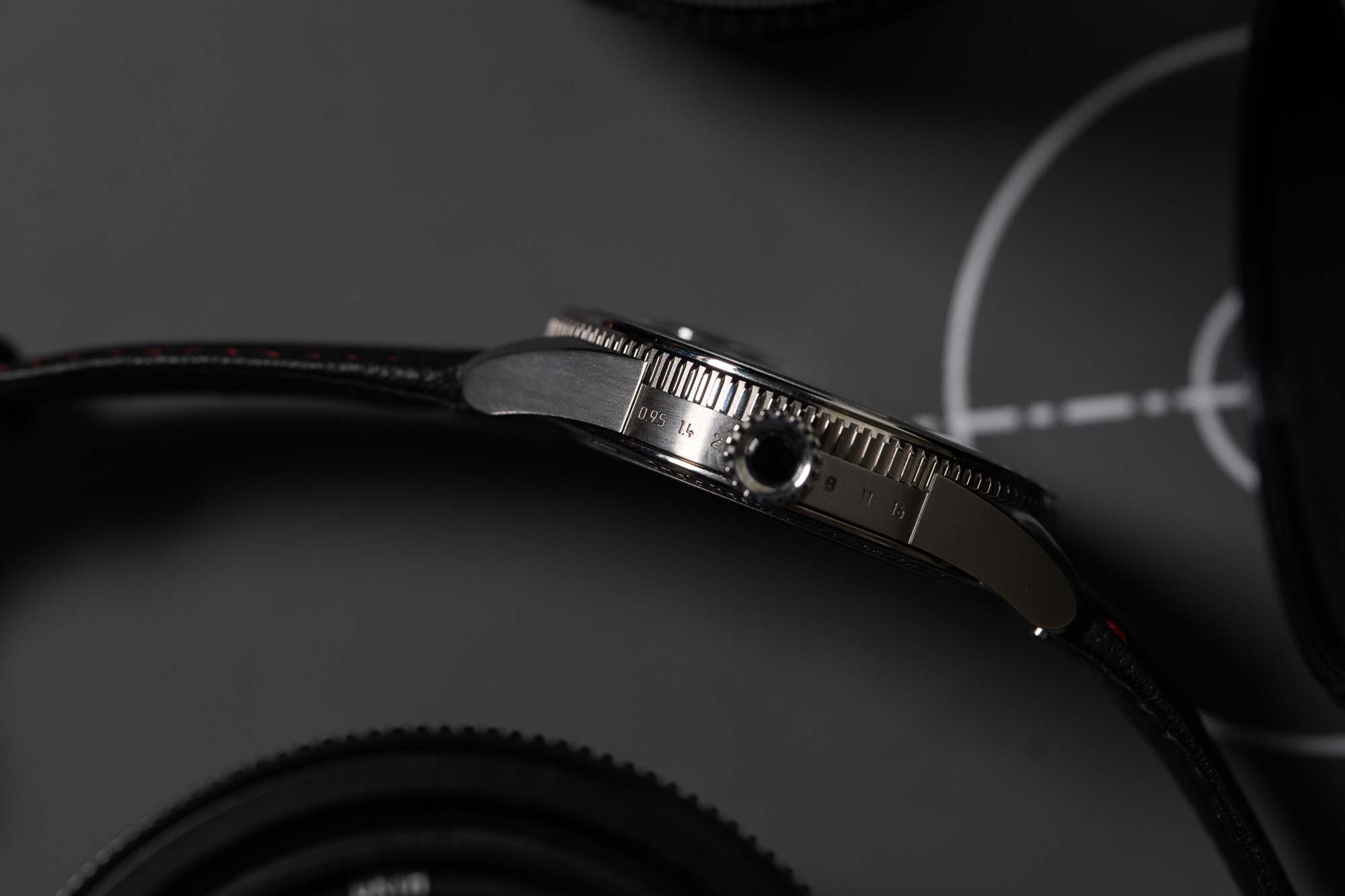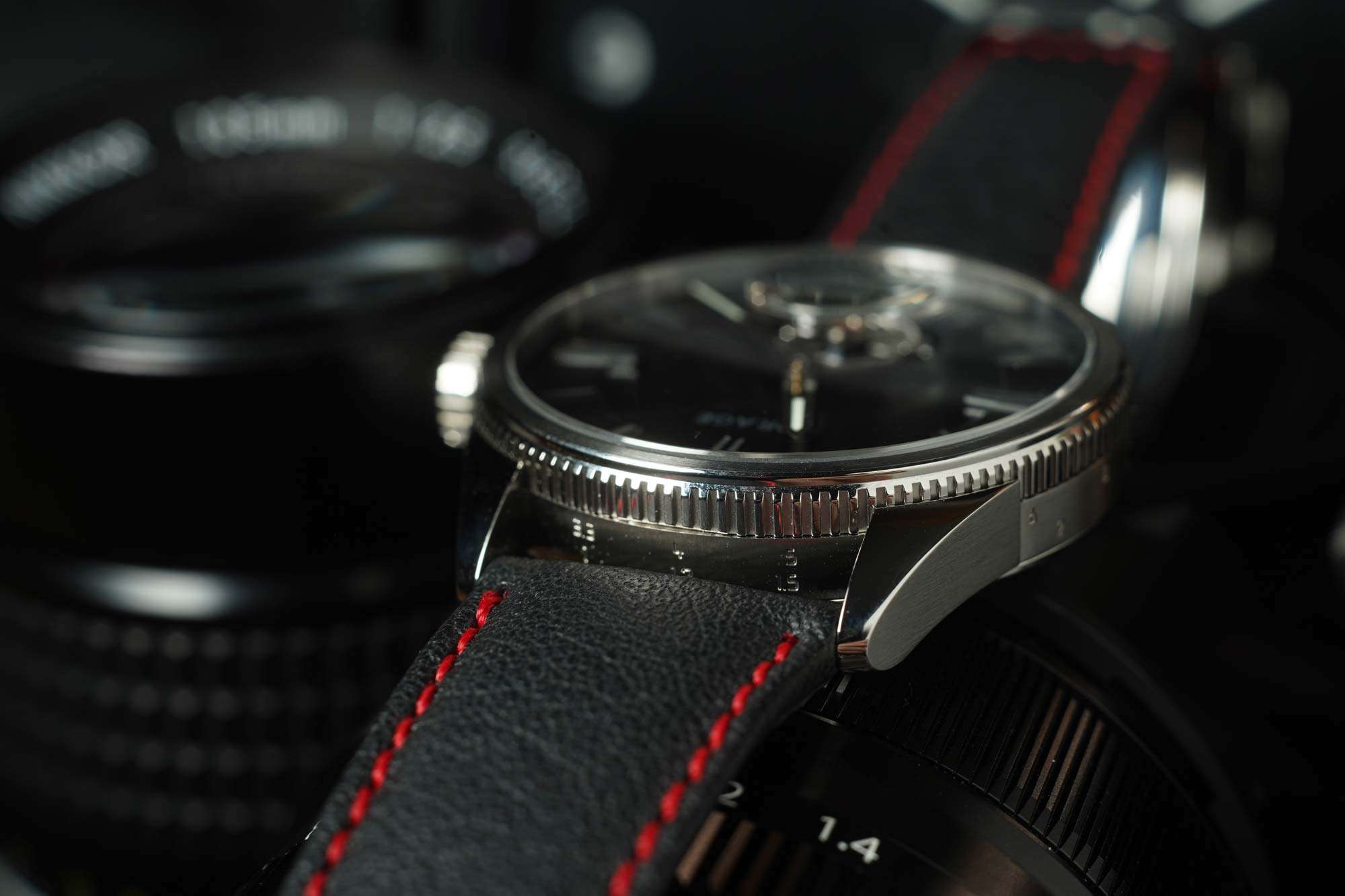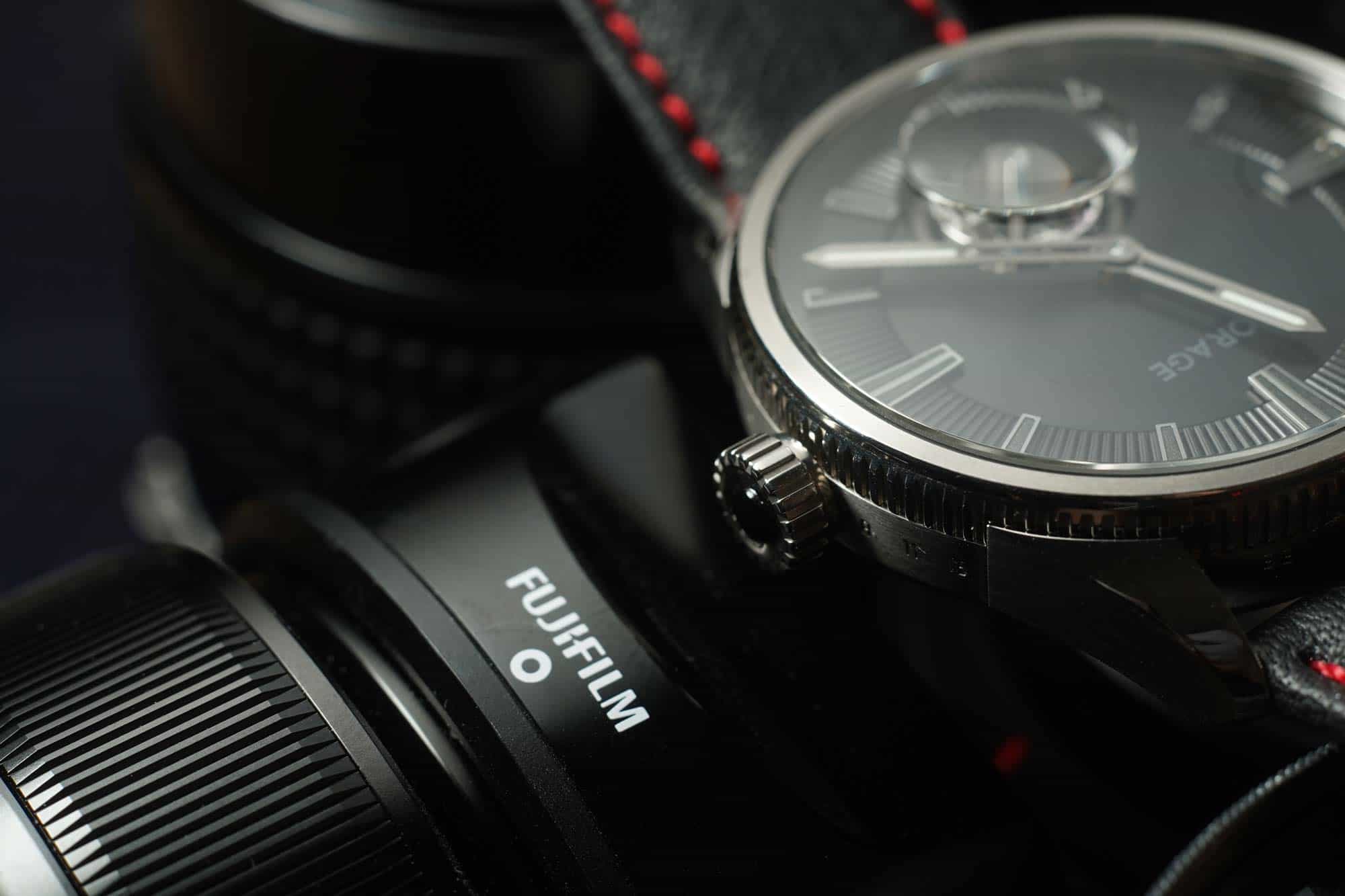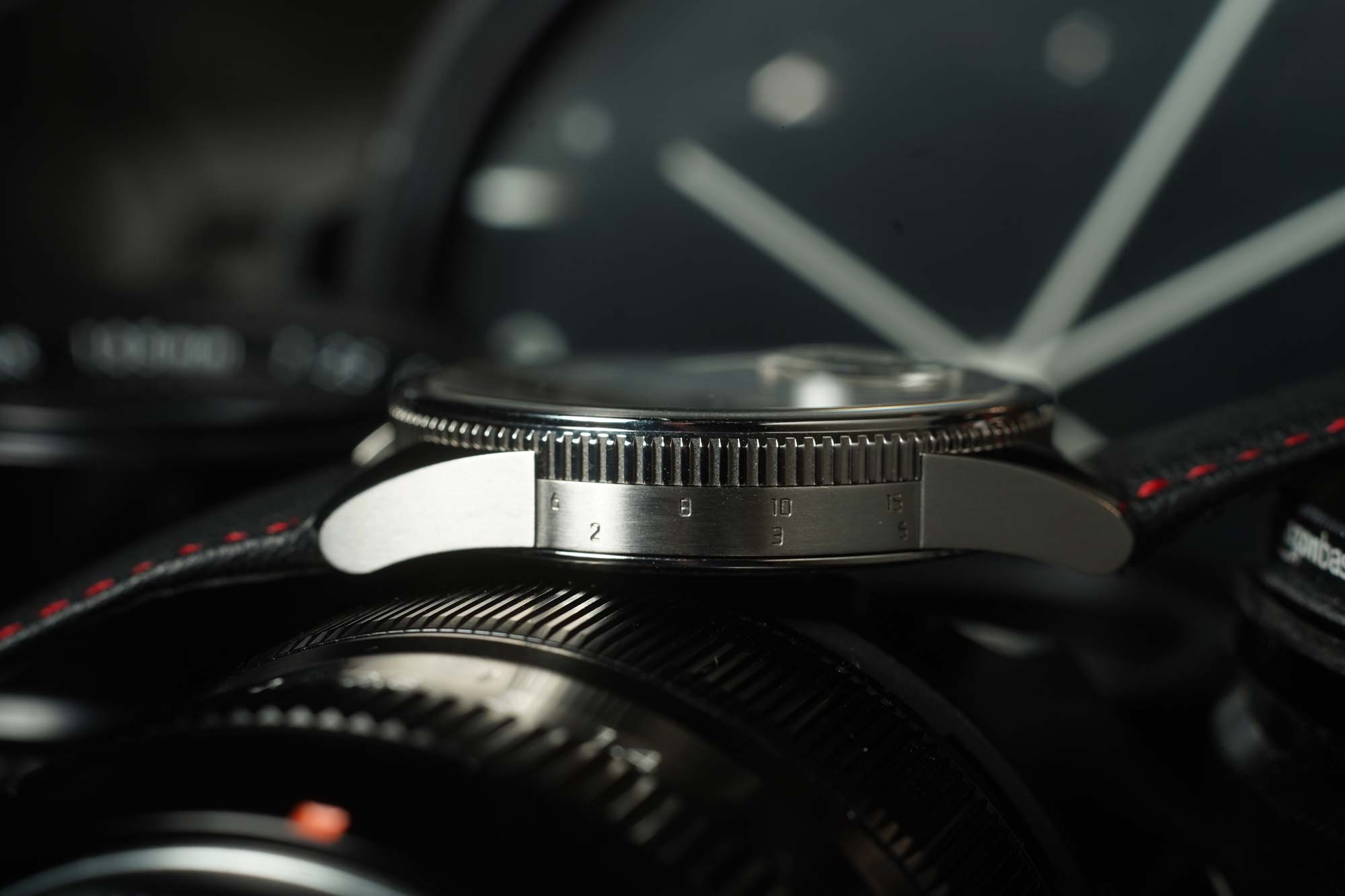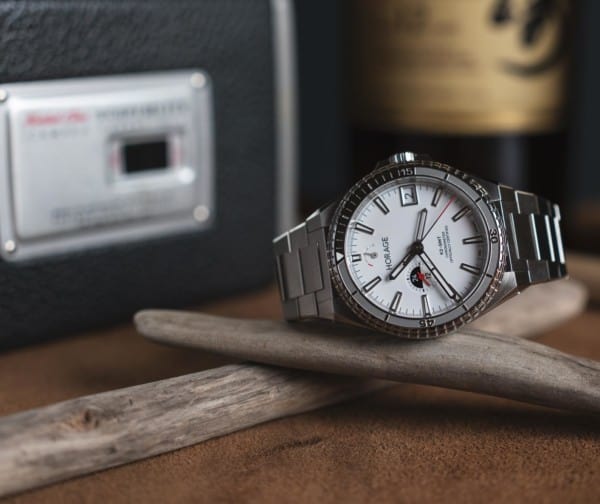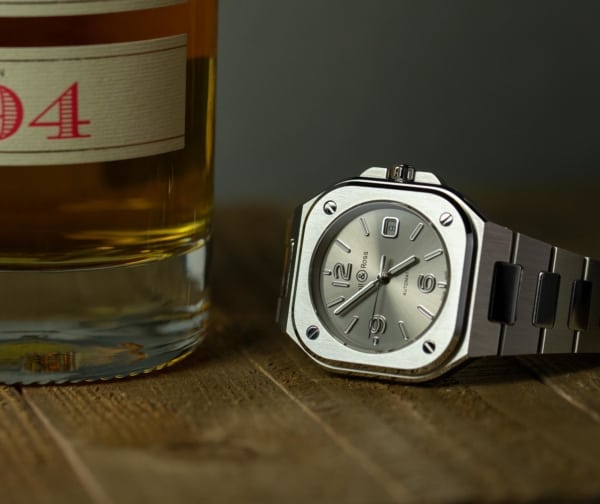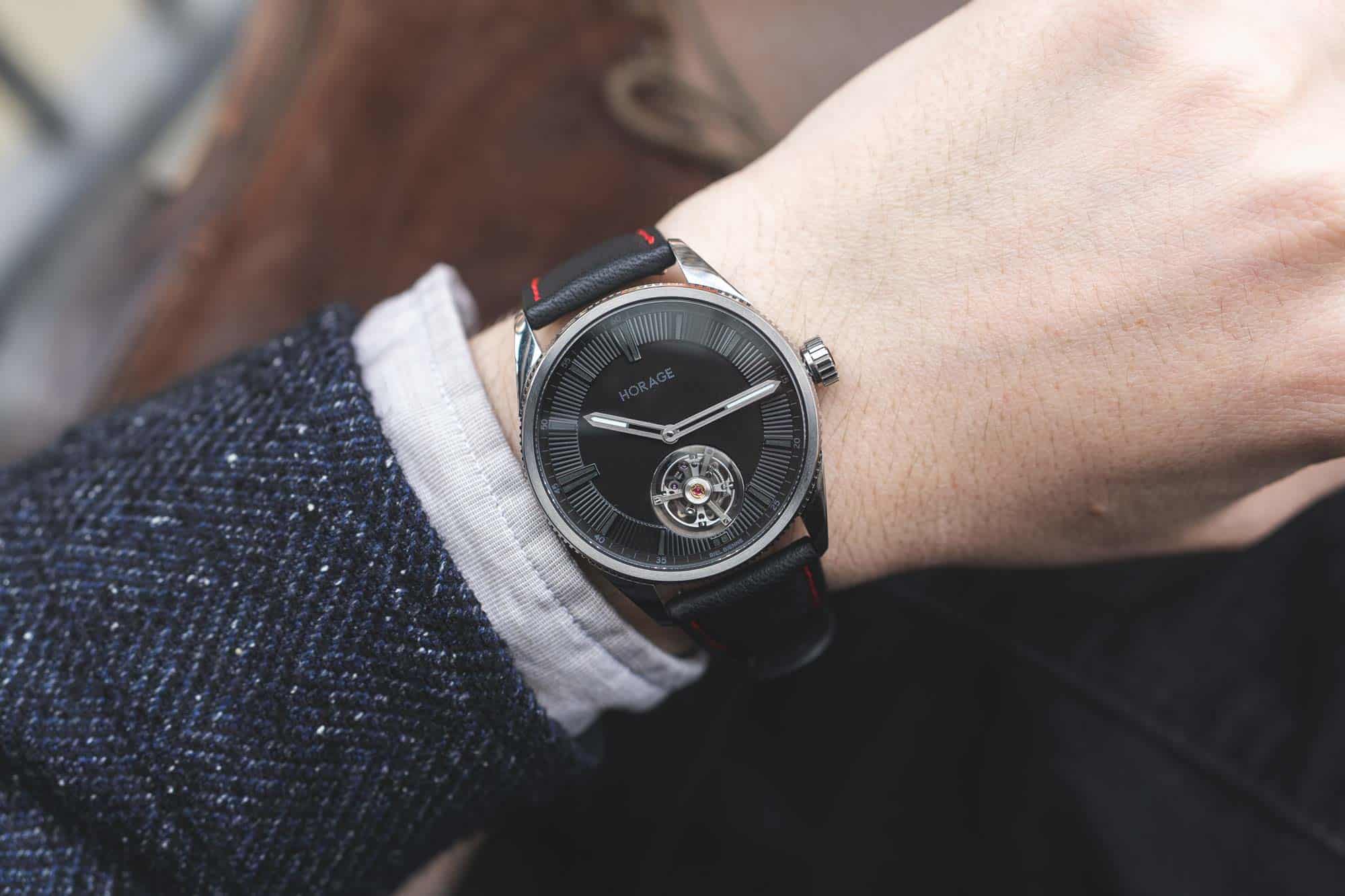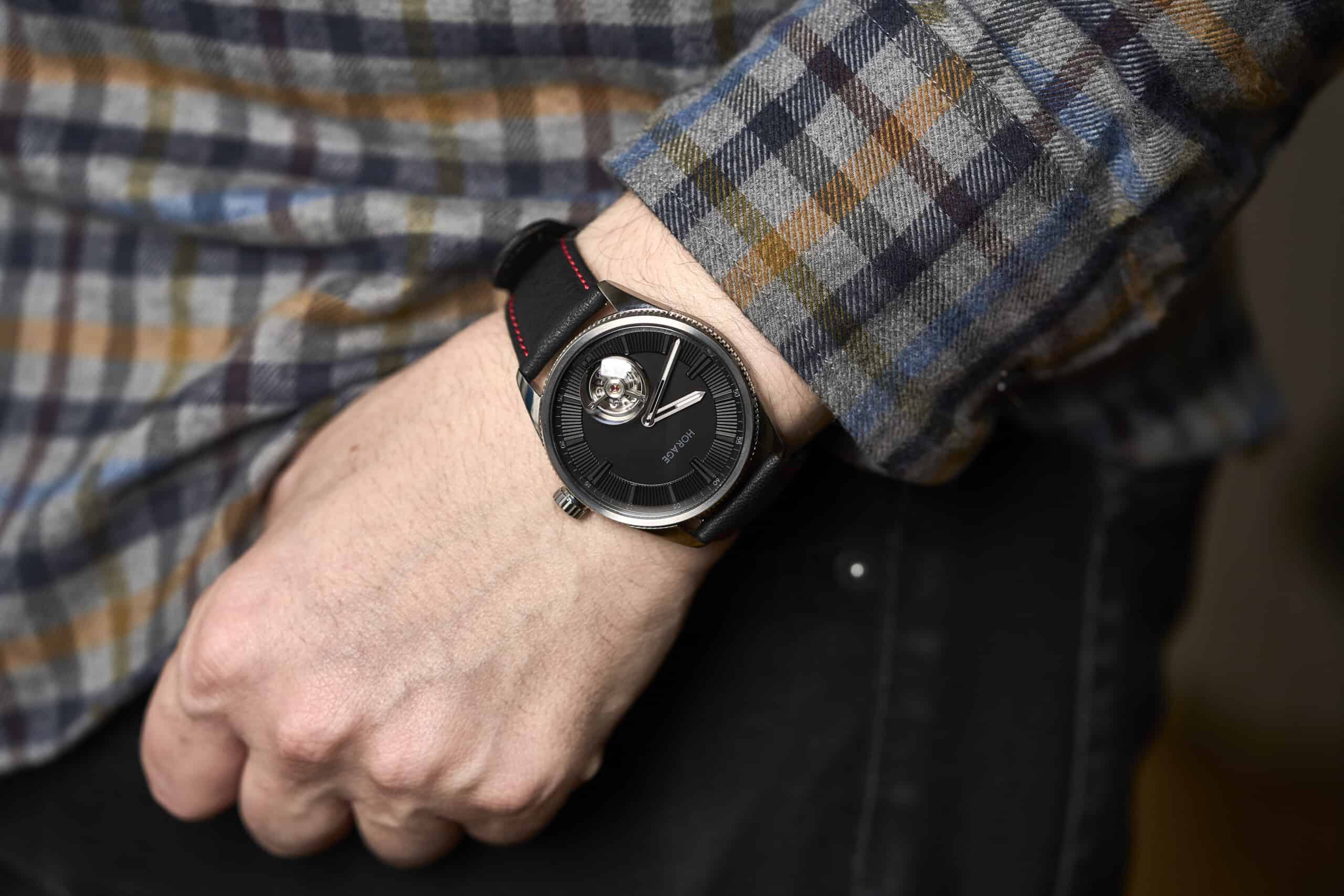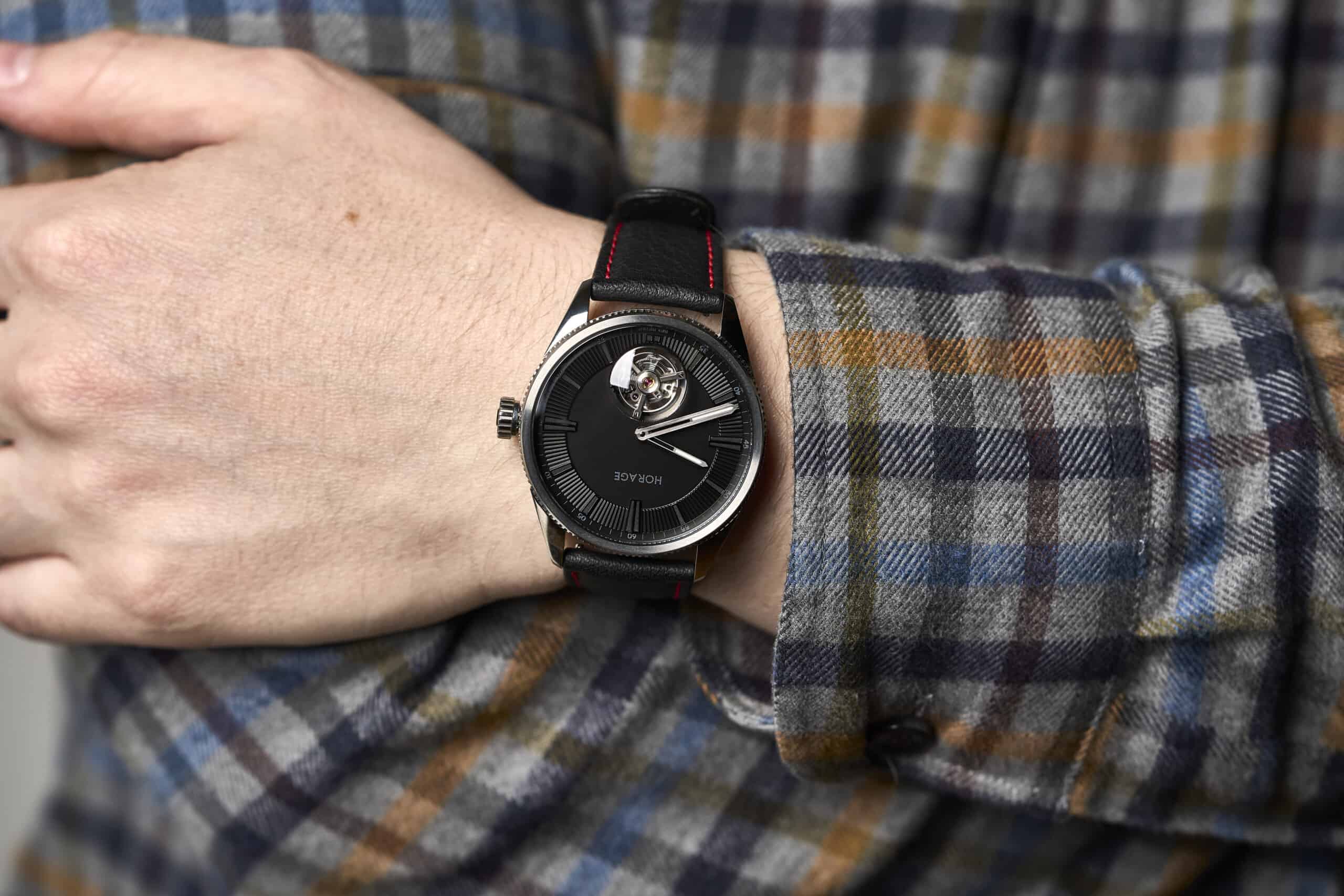Horage is a bit of an oddity in the watch world. Most brands build for years and years to be able to produce even a simple three-hand movement, should they even choose to go that route, and they tend to demand a high price. Horage has been working on theirs since its inception and has maintained a goal of industrialization over high prices starting with the K1, which had a silicon escapement and a modular complication system back at launch. Though it didn’t get the attention it deserved initially, it did inevitably ascend the horology ranks and prove its viability, as the K1 serves as the basis of Bremont’s ENG300 calibers.
Eventually, Horage added the micro-rotor wound K2, featured in the Supersede. Another rarity, in addition to being thin, as micro-rotors tend to be, the K2 also featured modular design allowing for complications without increasing the base movement’s thickness by much, as well as a silicon escapement, 72-hour power reserve, and within chronometer accuracy. Another movement that would be impressive coming from a large luxury group, let alone an independent brand like Horage.
While neither are small feats, today we’re looking at a watch with a movement that is perhaps even more impressive. The Lensman 1 features the K-TOU caliber, which is Horage’s in-house, Swiss-made tourbillon. Yes, you read that right. And the watch, despite featuring such a rare and exotic complication, comes in at under $10k. There’s a lot more to the watch as well, which incorporates photographic themes into the design in addition to the tourbillon which we will look at below.









 Featured Videos
Featured Videos




